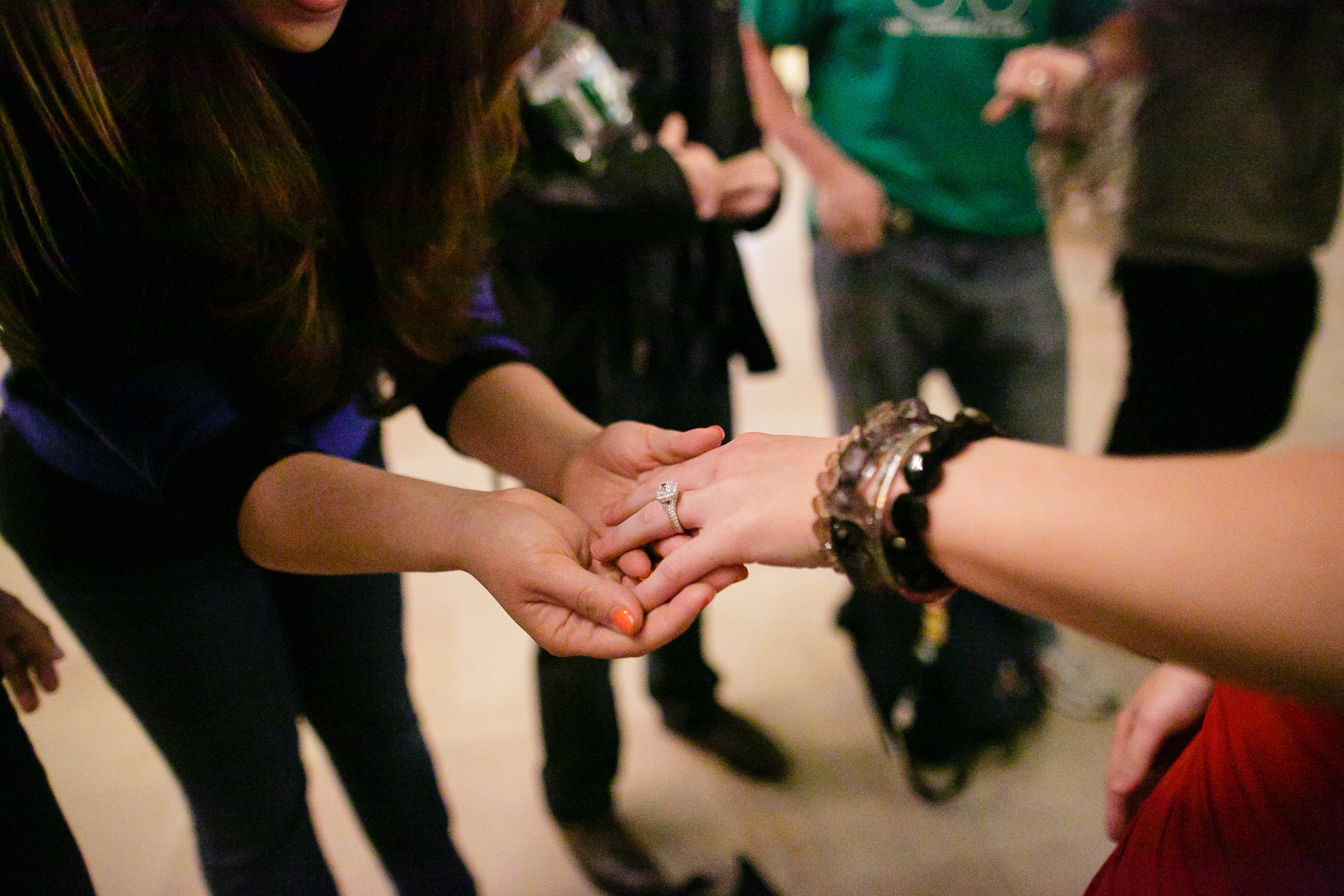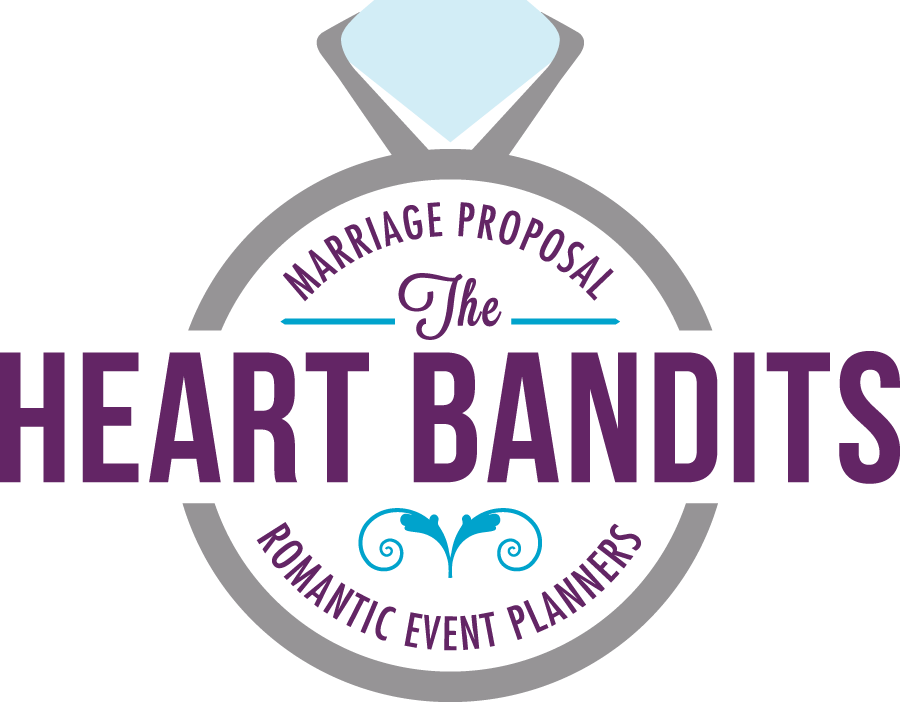The ring is one of the hardest parts of the proposal planning process. There are so many decisions to make- how to make sure it’s the right size, how to hide it, and how to finally present it. Before any of that, however, the biggest decision of all must be made- what ring to buy, and how much to spend?

Photo by Petronella Photography
Many believe that bigger is better when it comes to diamonds, but if you’re planning on a traditional diamond ring, there are actually four basic factors to consider. Known as the “4 C’s”, these are: Carats, Clarity, Cut and Color.
Carats
The size is the first thing most people think about when considering a diamond purchase. This is also the greatest factor in the price of the gemstone. Surprisingly, however, the size is not the greatest indicator of beauty- it is only a measure of the weight of the stone, and says nothing about the way the stone looks. It is best to look beyond size and examine the other qualities of each stone.
Clarity
Clarity ranges across a scale from “flawless” to “included”, terms which refer to small imperfections such as specks and small crystals inside the diamond, and small blemishes on the exterior of the stone. While flawless diamonds are most highly prized, many included diamonds look flawless to the naked eye and require magnification for their imperfections to be seen. A diamond with some inclusions may be indistinguishable from a flawless stone (unless you are proposing to a jeweler) or, if the inclusions are visible, it may simply have a little more personality. Don’t restrict yourself to only flawless-grade stones, but consider the gems individually.
Cut
“Cut” here refers not to the shape of the diamond, but to its sparkle. The range for cut extends from “excellent” to “poor”, and a lower grade usually denotes that there are more dark spots in the diamond, which diminishes the shine of the diamond. A smaller diamond of excellent cut will radiate and sparkle much more than a larger, heavier diamond of a poor cut.
Color
The color scale in diamonds is a little arbitrary, ranging from “d” grade diamonds, which are completely colorless, along the rest of the alphabet, to “z” grade diamonds, which are lightly shaded in colors from yellow to brown. As with clarity, many of the supposedly flawed diamonds that are judged to have a faint color are actually perfectly clear to the untutored eye, and still others of darker color will be beautiful in their own right as a colored gemstone. Once more, it is best to judge the stones individually and not immediately discard a less-than-colorless stone before examining it.
Don’t just take a someone’s word on what diamonds are best for you, and especially don’t let anyone pressure you into buying a big stone because ‘bigger is better.’ Instead, make an informed choice about what stones will fit both your budget and your sweetheart best.
Choosing a ring is hard, and making the right choice without alerting your sweetheart is even harder. For specialized and experienced guidance, contact The Heart Bandits. They have been walking others through the proposal planning process for years, and they have the know-how and the resources to help you work with reputable jewelers and find the right ring. Start your perfect proposal today.
Michele